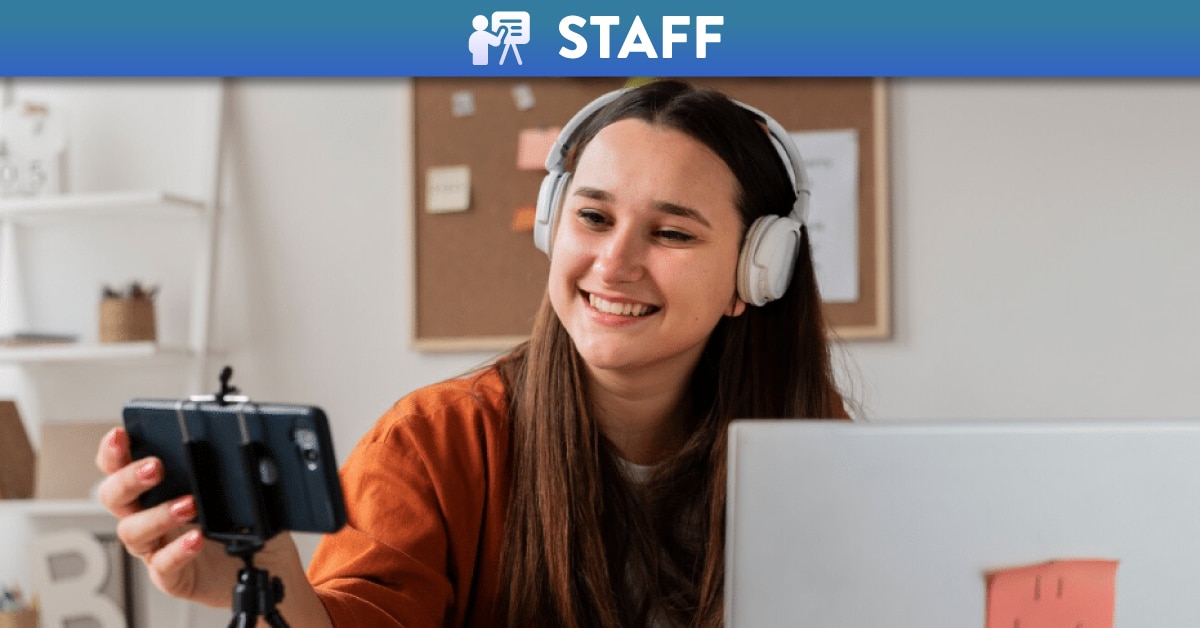
Video-based reflections to support assessment in undergraduate nursing
In this post, Professor Marian Traynor and Dr Billiejoan Rice from the School of Nursing and Midwifery share the work they have been doing around the use of video-based reflections to support assessment in undergraduate nursing.
What did we do?
We set out to establish and develop interprofessional workstreams to support a new interprofessional module within the School of Nursing & Midwifery. Interprofessional Education (IPE) has been a key part of the nursing curriculum since 2003, when the School led on the implementation of the first IPE activities between the School of Nursing & Midwifery and the School of Medicine. However, 2022 was the first time that we had an IPE module within the Faculty of Medicine Health & Life Sciences, and this was developed as a direct result of our belief that early exposure to other healthcare professionals is fundamental to creating the healthcare teams of the future.
“Interprofessional education occurs when two or more professions learn about, from, and with each other to enable effective collaboration and improve health outcomes” (WHO, 2010) and is the definition produced by the Centre for the Advancement of Interprofessional Education (CAIPE), a global leader in promoting and delivering IPE (CAPE, 2002).
The interprofessional module is a core module undertaken by approximately 500 nursing students. The module runs twice during the calendar year as the university supports two nursing intakes per year. Within the module students attend six core lectures on: (1) Communication, (2) Human factors in healthcare, (3) Teamworking, (4) Interprofessional teams, (5) Managing conflict, (6) Reflection.
The original assessment for the module was a 1500-word reflective assignment however, following a review of the types of assessments across the year three curricula, the module leads discussed the advantage of having more diversity within the student assessment portfolio, mindful that a variety of assessment practices can support student learning. Biggs’ model of constructive alignment underpinned our philosophy and is defined as “coherence between assessment, teaching strategies and intended learning outcomes in an educational programme” (McMahon & Thakore 2006). Given the interprofessional focus of the module, the learning outcomes, and the requirement to collaborate with other professionals, an opportunity to provide a reflective account by speaking about the experience was identified as an appropriate assessment for the student. The assessment method would also meet the student requirement of enhancing digital technology skills and build confidence speaking formally on camera. This is a skill that healthcare professionals are increasingly using in community practice placements, conducting virtual visits with patients via digital platforms such as zoom or Teams, and providing healthcare access to those who live remotely or have difficulty attending hospital appointments.
We therefore developed 3 reflective questions to guide the video assessment:
- In what way do you feel your exposure to other professionals has impacted your thinking as a nurse? Max 2.5 mins
- What skills or knowledge acquired on the IPE module have you used/ will you use the most? Please give examples if possible. Max 2.5 mins
- What would you regard as a worthwhile outcome of nursing students participating in IPE activities? Max 2.5 mins
What was the impact?
The impact of the IPE module was positive for both staff and students.
The student evaluations of the IPE workshops were incredibly positive with many highlighting this as an excellent experience. The IPE Perioperative Emergency Medicine (POEM) stream; the IPE simbaby stream and the IPE Schwartz stream were particularly well evaluated. Students who participated provided the following feedback: “Good to work with nurses to learn to communicate together” (MS); “would love more of this” (NS); “very beneficial, true to life, great experience working with other professions”.
Feedback from the IPE leads for each stream were also particularly positive about having two or more professionals represented in each workshop.
It has been so excellent working with you over these weeks and especially, to have the nursing students involved…
The assessment component drew the following evaluations from students:
It was a very different approach which I enjoyed in comparison to an assignment or an exam. It was quite appropriate for the module
Much better than a written assignment, thank you!
The video assessment was different, but when I read the instructions and watched the demo, it helped. It’s refreshing not having to do another exam or assignment”
Furthermore, academic staff involved in the assessment of the reflective video have reported on the quality of the videos and the ease with which the videos can be marked, and the marks uploaded. It has been described as a “refreshing and a new approach to assessment”. Additionally with the growth of AI staff have commented that the reflective video ensures that “you are marking somebody’s genuine work and it upholds academic integrity”.
A particular feature of the new assessment that is liked by staff is that the assessment fosters inclusivity and accommodates all types of learners. Importantly this suits the diverse range of students who do not always perform well in examinations or in submitting large assignments. Currently 313 students in MHLS are registered with Disability Services with 41% having an SpLD diagnosis, with dyslexia being the main diagnosis.
“I think like chatting through still like you know your notes rather than just writing it. Like obviously my brain must, I don’t know, work differently and it just connected more than just typing things.”
“I found that this type of assessment interesting…… I think it would be a beneficial method of assessment where it is hard to convey thoughts and feelings in a written document, where tone and inflection are hard to interpret.”
What lessons were learned?
The FAQs resource developed to support the students to navigate and upload the video were invaluable to the process. Module leads witnessed a gradual reduction in email traffic as the FAQs sought to answer any issues that arose in relation to video upload.
In addition, the Step-by-step guidance that was provided through written instructions, and a video tutorial developed to demonstrate how to complete the video reflection using the Canvas platform was essential to the process.
The most frequent issue was that students were not leaving sufficient time for the video to upload, and this resulted in incomplete submissions.
In the early days of the module 31% of students encountered technical issues however this figure has gradually decreased as the module has evolved.





